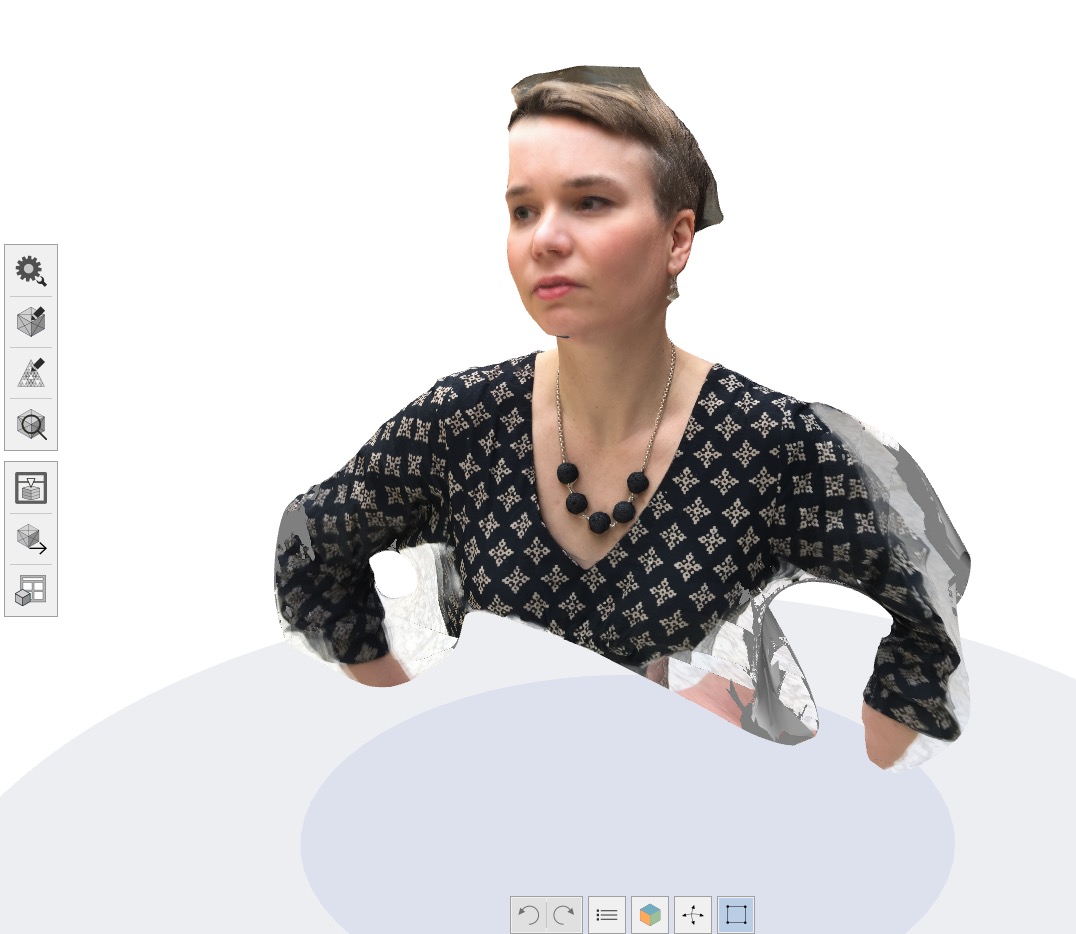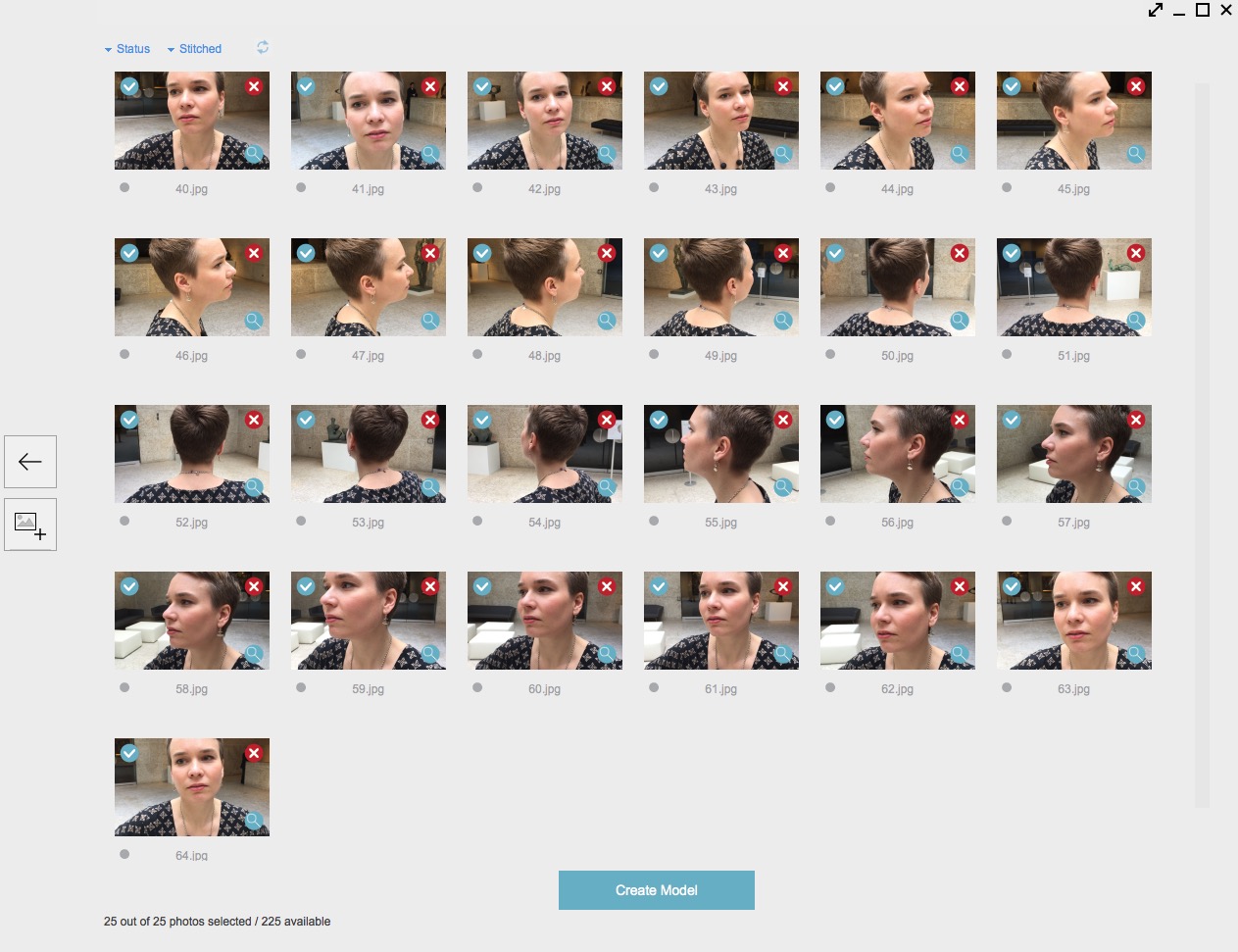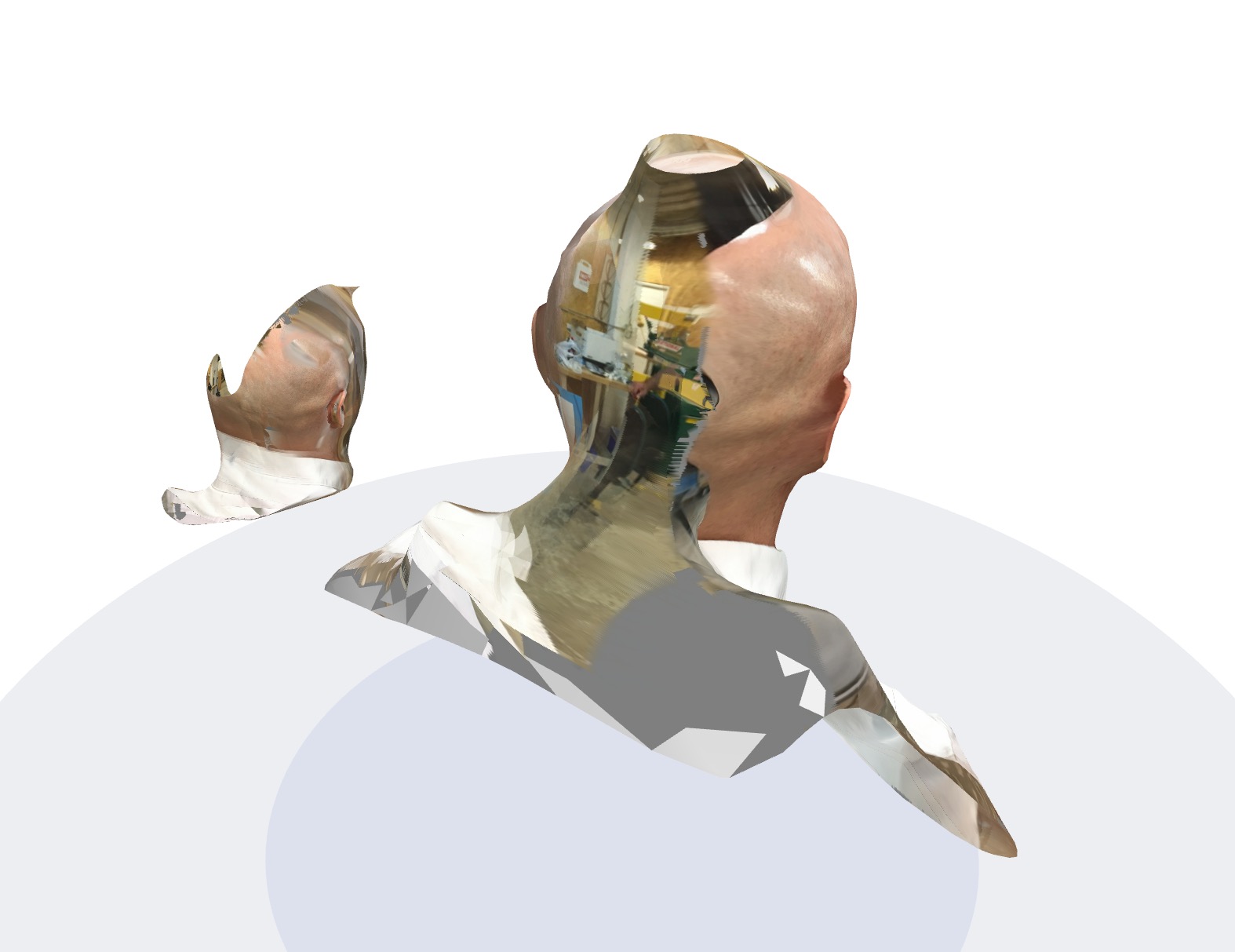
If you haven’t tried Autodesk Memento for optical 3D processing, you might want to, especially now that it’s available for both Windows and OS X.
It’s kind of an all-in-one system for transforming a set of images into a 3D model, which is the best way to obtain 3D models if you don’t happen to have access to proper 3D scanning hardware. Images are carefully taken of a subject from all angles, which Memento analyzes. By observing the movement of background images, Memento can determine the position in 3D space of all points in the images. From this it develops a 3D model.

But that’s just the beginning. Memento can then perform analysis and edits on the newly-formed 3D model. You’ll be able to crop extraneous bits out easily with several useful tools, for example. You can also directly edit the mesh to bulge or smooth areas of interest. You can simplify the mesh, or make it more complex for sculpting.
Memento will do its best to fix 3D scans, which are notorious for having issues, such as holes.

What’s most interesting about Memento’s editing is that it retains the color texture of the 3D model, even when you tweak the mesh! In almost all other inexpensive 3D modeling software tools, you will instantly lose the entire color texture when you touch the mesh, because the texture is mapped directly to each facet of the model. Some tools, such as ZBrush, can do this, but you’ll have to lay out some cash to obtain them.
Meanwhile, Memento is available for download at no charge. However, there is a slight catch: it directly integrates with Autodesk’s cloud back end for storage and processing. You’ll have to sign in with your Autodesk id, and if you happen to use Memento (or other Autodesk cloud services) sufficiently that you exceed the basic storage quote, you may have to upgrade to a paid Autodesk membership. They’re not expensive, and provide you with a great platform for handling 3D files.

One thing Memento cannot do: recover from a bad 3D image set. Here you can see a woefully bad result because the images were taken without an appropriate background. As a result, the subject’s shape became replicated. Don’t do this!
If you’re processing images into 3D, you must try Memento.
Via Autodesk

